French version available HERE.

Table of Contents



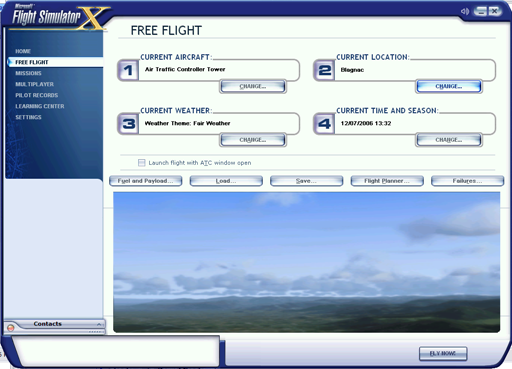
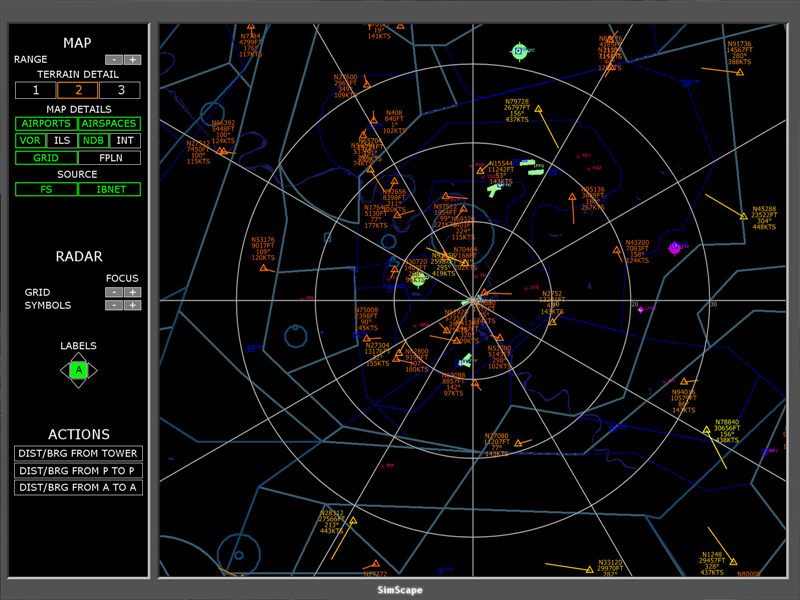
 |  |  |  |  |
| 0 to 10000 ft | 10000 to 20000 ft | 20000 to 30000 ft | 30000 to 40000 ft | over 40000 ft |

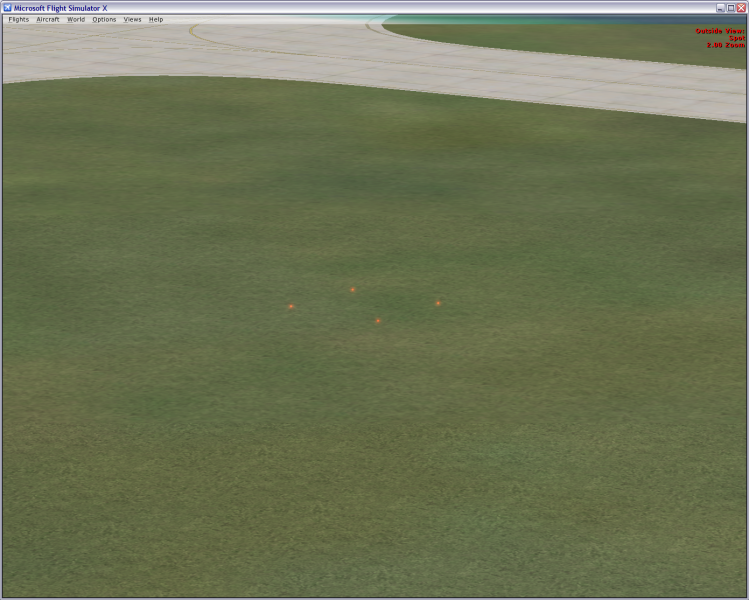
 | The 2 grey buttons let you change the ATC radar range. Just like in many FS panels, you can also use the mouse wheel when the mouse is moved over one ot these buttons. |
 | The
3 terrain buttons let you select the level of detail of the terrain
displayed on the ATC radar screen. They are exclusive (only one of them
can be selected at a given time).
|
 | This group of buttons lets you show/hide some details on teh ATC radar main screen:
|
 | The source buttons let you select the traffic information source
|
 | The 2 grey buttons let you adjust the focus for the radar grid shown on the main ATC radar screen. Like for the other grey buttons, you can use the mouse wheel when the mouse is positionned over one o these buttons. |
 | These 2 buttons let you adjust the focus for the aircraft symbols displayed on the main ATC radar screen. |
 | These buttons are used to select the label position next to each aircraft. You can click on any of the 4 arrow buttons to select each label position. You can click the "A" button to select the label automatic positionning. This is supposed to help thr label readability, especially when some aircraft are very close from each other. It provides something like this: 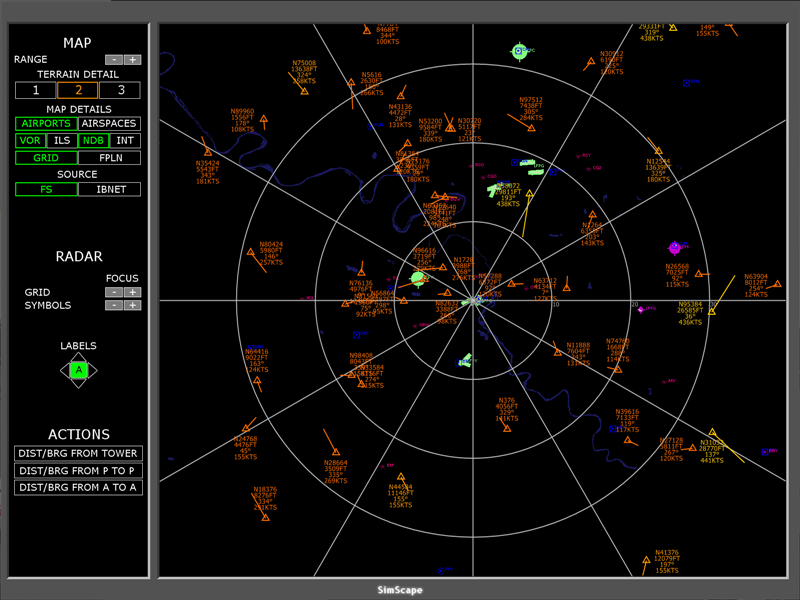 |

 | This
action lets you measure the bearing and distance from the tower to any
point on the ATC radar screen. When you click this button, you can then
move the mouse around on the main ATC radar screen. A blue line is then
drawn, showing the bearing from and to the tower and the line distance. On this image, this action is used to measure the distance and bearing to the aircraft N31496, which is 270° at 32 NM. If you click again, the line remains on the screen until you click again or another action is initiated. |
 | This action lets you measure the distance and bearing between 2 points. As soon as this action is initiated, you can
click anywhere on the ATC radar main screen to select the first point.
Then a blue line is drawn to select the second point. You can click
again to select the second point and the line shows the distance and
the bearing between the 2 selected points. The line remains on the
screen until you click again or select another action. |
 | This
action lets you measure the distance and bearing between 2 aircrafts,
updated when the aircrafts move. As soon as the action is initiated,
click the first aircraft on the ATC radar screen. When an aircraft is
selected, the aircraft symbol is filled. Then select the second
aircraft, and a blue line shows the bearing and distance between the 2
selected aircrafts.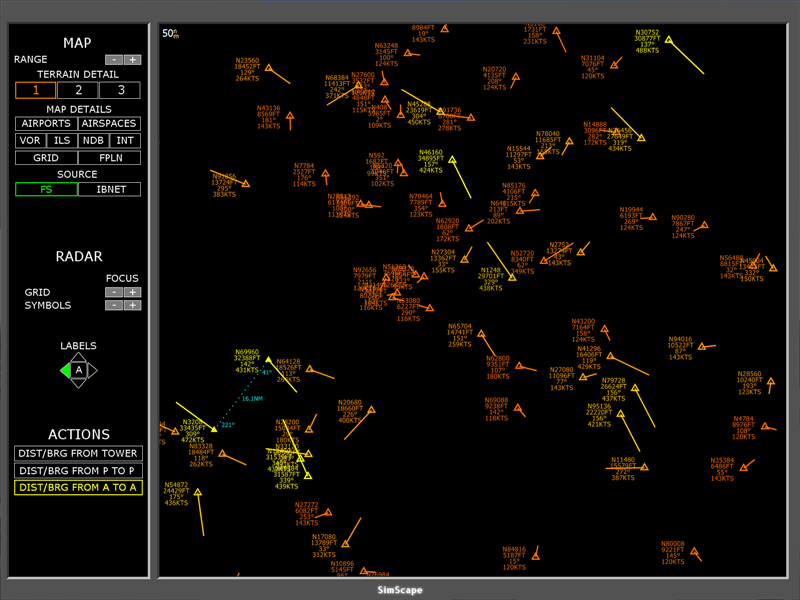 From a closer point of view, it looks like this:   |